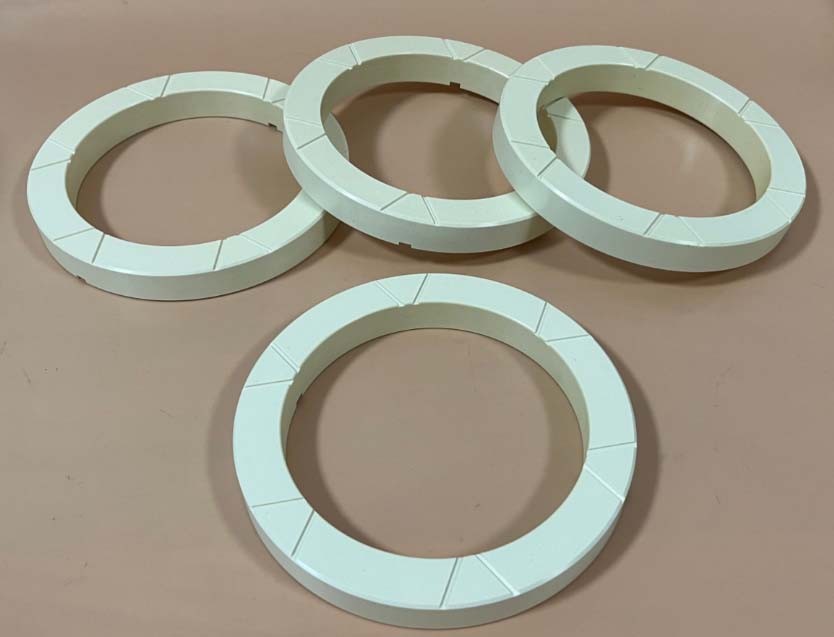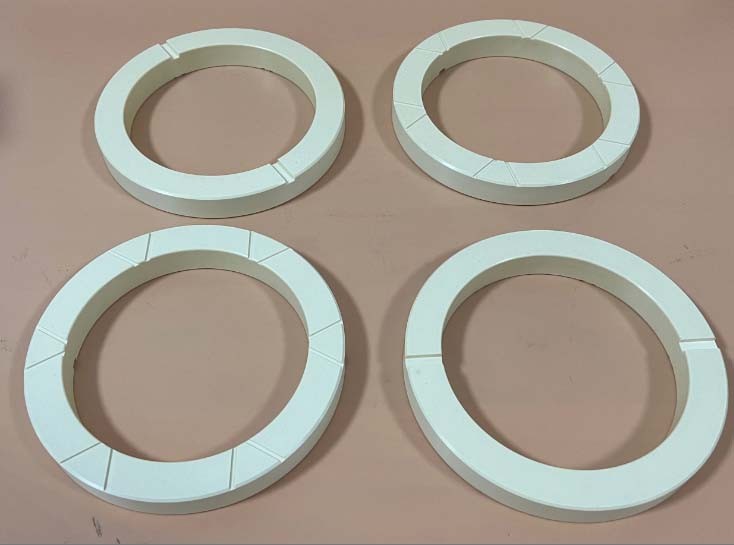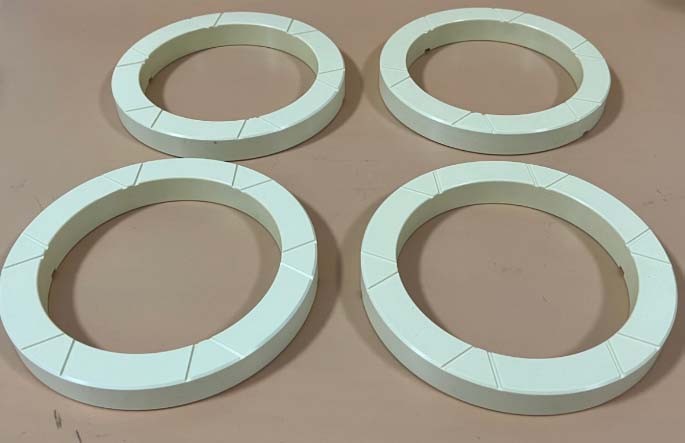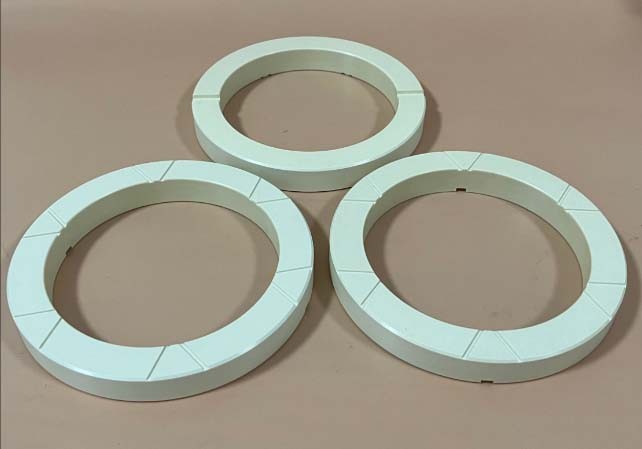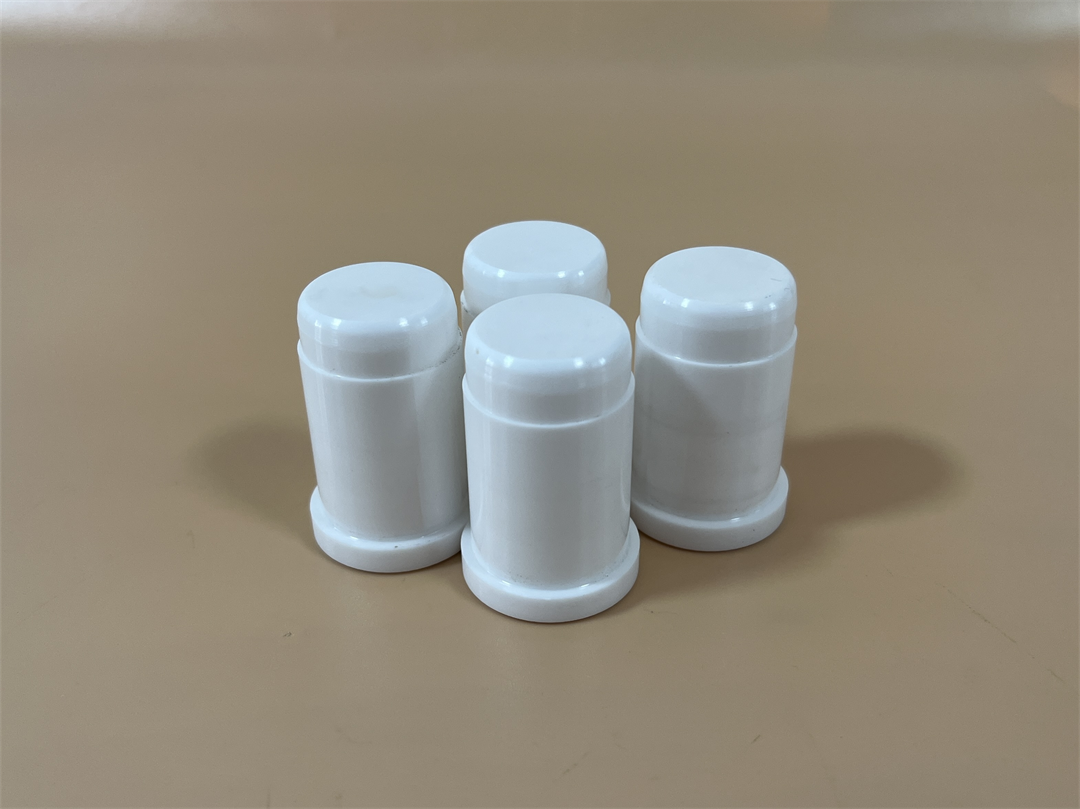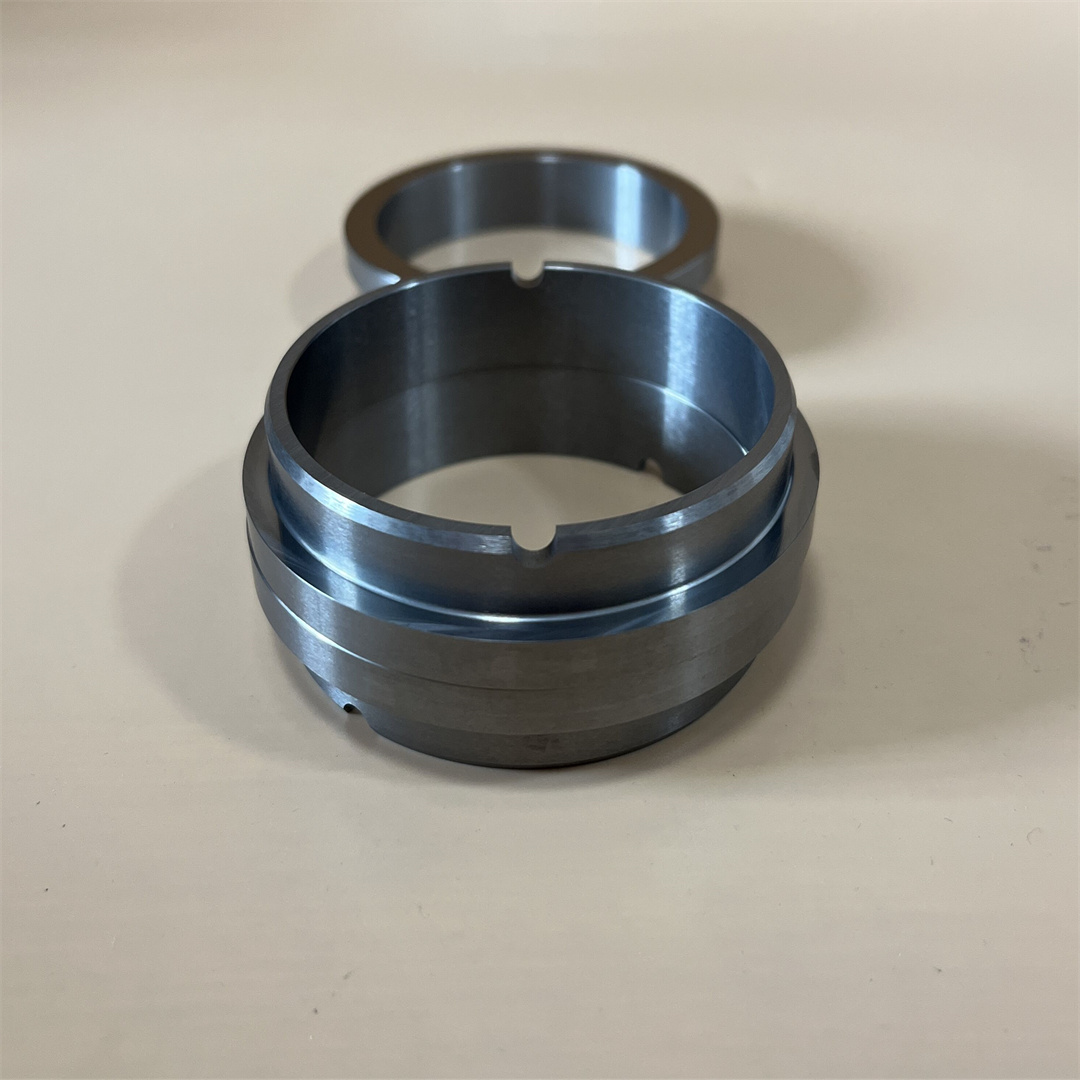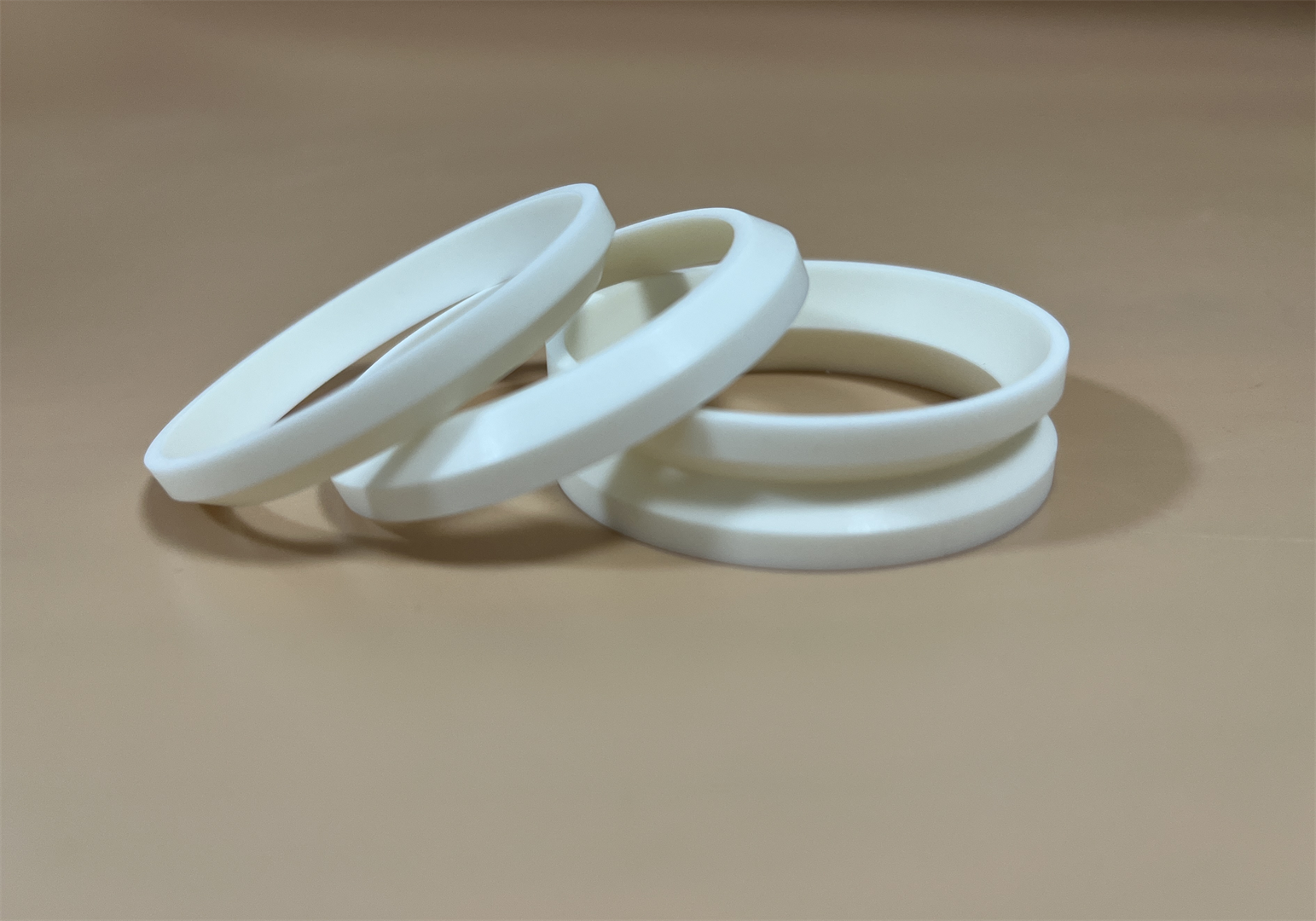ESD-Safe ceramics, known as electrostatic discharge (ESD)-safe ceramics, are materials designed to prevent or minimize electrostatic discharge in environments where static electricity can damage electronic components.
Here are some key characteristics:
1. Conductive Properties:
- ESD-Safe ceramics typically contain conductive additives or coatings that allow them to dissipate static charges, preventing the buildup of potentially damaging electrostatic potentials.
2. Surface Resistivity:
- These ceramics have controlled surface resistivity, ensuring a balance between conductivity for discharge and resistance to prevent rapid discharges that could harm sensitive electronics.
3. Applications:
- Commonly used in manufacturing facilities, cleanrooms, and areas where electronic components are handled to create ESD-safe work surfaces, flooring, and tools.
4. Durability:
- ESD-safe ceramics are designed to be durable and resist wear, providing a long-lasting solution for ESD protection in various applications.
5. Compliance with Standards:
- Adherence to industry standards and regulations is crucial to ensure that ESD-safe ceramics meet the required specifications for electrostatic discharge protection.
6. Static Dissipation:
- The ceramics facilitate the controlled dissipation of static charges, preventing sudden and potentially damaging discharges that could harm electronic devices.
7. Integration in Workspaces:
- ESD-safe ceramics can be integrated into workbenches, flooring, and other surfaces to create an ESD-protected environment, minimizing the risk of electrostatic damage during manufacturing or handling of electronic components.
8. Maintenance of ESD Standards:
- Regular testing and maintenance are often necessary to ensure that the ESD-safe properties of the ceramics remain effective over time.
Using ESD-safe ceramics is a proactive measure to safeguard electronic components and devices from the detrimental effects of electrostatic discharge in sensitive manufacturing and handling environments.
 Shanghai Eheng Precision Technology Co.,LTD
Shanghai Eheng Precision Technology Co.,LTD
